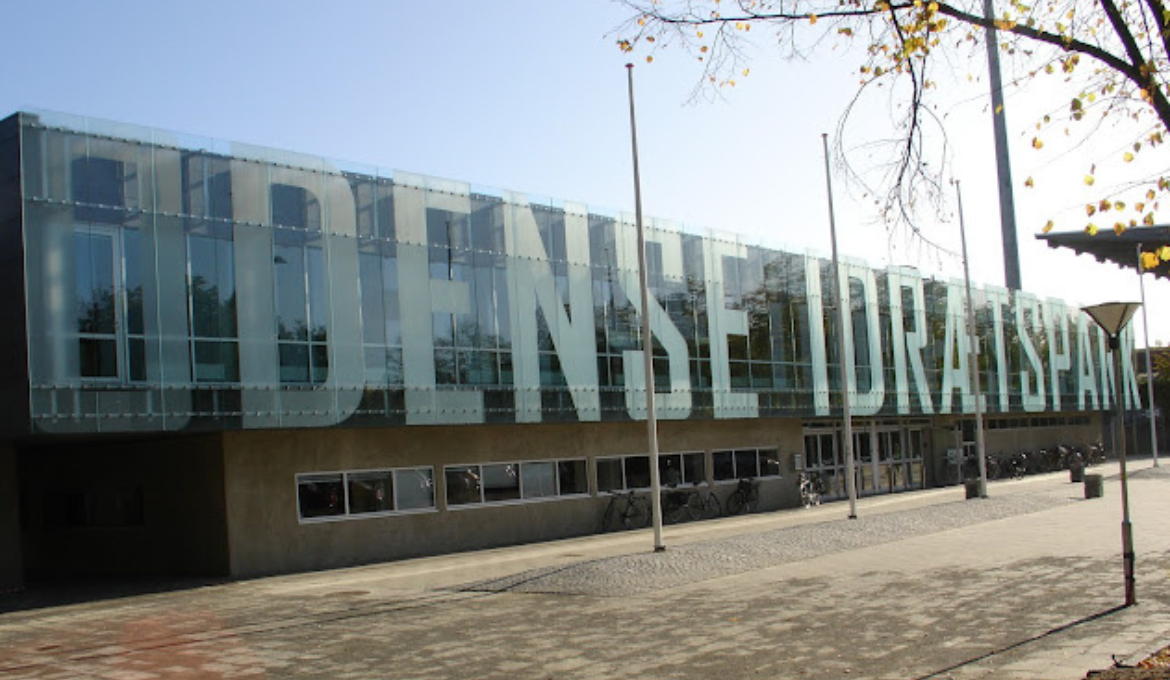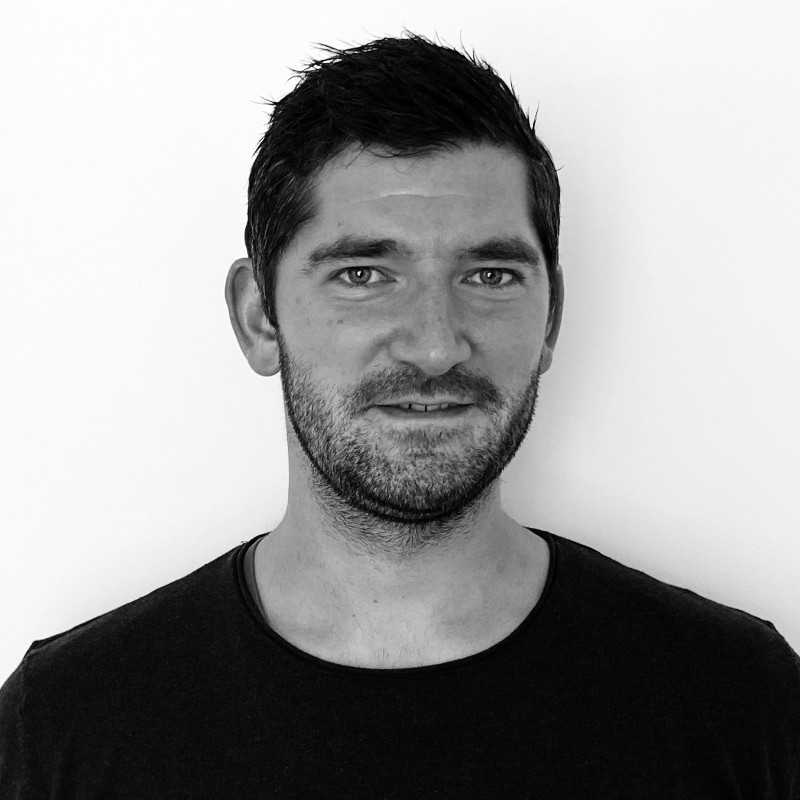
Odense Council
- In 2020, the Department for Culture, Sport and Urban Development had HallMonitor installed to keep an eye on the utilisation rates and since optimised the Council’s sports facilities.
- 50
- 2020
- Denmark
Targeted effort to reduce pressure on facilities
Odense Council is under immense pressure when it comes to sports facilities. With tangible data from HallMonitor, the Department of Culture, Sport and Urban Development has launched several initiations ensure more reservations for its citizens.
In the local governance area of Odense Council, the clubs have for several years drawn attention to a lack of available hall times. Odense Council has refrained from building new sports facilities for years. With an average booking percentage of an impressive 91 percent and a utilisation rate of 82 percent during prime time, the pressure is now so massive that it demands political action.
Even though the construction of new sports facilities in the middle of Odense has commenced, the sports facilities will be heavily utilised the coming years. A net growth of 1,500-1,600 citizens annually means that the council is lagging when it comes to sports hall capacity.
The consequence of this, is that many clubs have their training allocated into several facilities, both within the local governance area and in neighbouring areas. The clubs are challenged when it comes to accepting new members and derived from that, to find new volunteers, while new clubs are finding it difficult to be considered when allocating hall times.
A game changer
In 2020, the Department of Culture, Sport and Urban Development had HallMonitor installed in all sports facilities to oversee the development of capacity utilisation. In connection with budget negotiations in 2022, it was decided that the Department of Culture, Sport and Urban Development was to present the results of the capacity analysis to the commission for Culture, Sport and Urban Development.
The analysis offered a clear picture: Monday through Thursday were fully booked between 4 pm to 9 pm – in the exact time slot where facilities should be available to children and young people.
According to Rasmus Vestergaard Tanner, Leisure Consultant, Odense Council, HallMonitor is a great tool to reveal if there is areal need to prioritise the budgetary hall capacity.
“The area of leisure is traditionally guided by very little data and a vast amount of feeling. Being able to present raw data to our politicians is a game-changer. We can verify how great the pressure is on our facilities, and that the request for more hall times is not based on guesswork or the wish from a club to be close to a facility.”
Clubs act responsibly
Today, Odense Council requires the clubs to be cognisant to only book times they intend to use. This has had a positive effect, as everyone agrees it is annoying if facilities are left empty during prime time due to some clubs failing to show up.
“Our experience is that the clubs are better at showing up to the time they booked. They are aware that we will receive data on whether there are users in the facilities. They are also cognisant that if they fail to show repeatedly, and have a wish to build-out facilities, it is a really bad signal. Because there is a real risk that the time will be allocated to someone else.”
Model for local government loan-guarantees
As it is obvious there is a great demand for sport facilities, the Department of Culture, Sport and Urban Development has now presented a model for loan-guarantees for clubs.
In the budget of 2023-2026, a lump sum of kr. 10 million (€1.3million) has been allocated in 2025. With this, the clubs can loan money to build their own facilities without putting further pressure on the operations budget of the council. The idea behind this, is that the clubs are to run the facilities themselves and pay back the loans in a closed system. Doing it this way, the money can be lend several times and help move along the furthering of facilities.
“The loan-guarantee is something we have tried to get a handle on for a long time, as we had a data deficit documenting the need. Now, no one can claim there is no need. We can simply open HallMonitor and show the bookings across the board.”
In the local governance area of Odense, several clubs have large savings, and have already shown interest in the lending model. Among these is a handball club and a club in the Odense suburbs, who has experienced so much population growth that leisure activity facilities are unable to cope.
“We know that, as soon as there is an official stamp from the council for a project in the form of monetary funds, there is also an increased willingness from fonds.”
Revision of allocation principles
The HallMonitor analysis has also caused the Department ofCulture, Sport and Urban Development to look into the need forpotential revision of the allocation principles.
“Something that has become clear in connection with ouranalyses, is that new grassroot movements aren’t actually able tobe allocated times, because we traditionally have allocated timesto those who had times the previous year. We have now begunlooking at whether the allocation principles are fair:”
The Department of Culture, Sport and Urban Development willalso look at which sports activities are entitled to times.
“Does football, as an example, need to use indoor facilities, orcan they play outside year-round on artificial football pitches?Which sports disciplines needs the large halls, and which can bemoved into smaller gym facilities? The priority to make the mostof the facilities is a puzzle we have now begun solving.”
Optimum resource utilisation across local governance areas
When it comes to capacity, Rasmus Vestergaard Tander expects Odense Council to invite neighbouring governance areas to collaborate, so resources can be maximised across governance borders – also done from a sustainability principle.
“We have quite a few clubs using the halls in other governance areas because we are so hard pressed. As a result, we also need to look at whether it is fair if we, or any of the clubs, build a hall 5kilometres from the governance border. In such cases, we are obligated to look at whether the facility already in use will find itself in a position where they might have to close, assuming the facility in question is reliant on clubs from Odense governance area to survive. It is expensive to build facilities, so it has to make sense and should be defensible as it pertains to our neighbours. At the same time, there are environmental costs, because building new causes a lot of CO2 emissions.”
Close to the town planning in Odense
According to Rasmus Vestergaard Tander, HallMonitor has not only awakened thoughts about hall allocation and lending models.The analysis tool is also the primary cause that the department of Culture, Sport and Urban Development will now sit closer to the decision making with regards to town development in Odense.
Among others, the department is in close dialogue with the commission for town planning, city developments strategy, and city life strategy.
“One of the things we are looking at when we urbanise, is that we need ensure that the citizens are able to have a life in the same area. The horror scenario has been the development Ørestaden in Copenhagen, which fails to meet people’s need to live and have interests I the same area. The fear is that the same might happen at Odense inner harbour.”


Curious to hear more?
+45 9395 9388
contact@hallmonitor.eu
Mon-thursday 8 am to 4 pm. Friday 8 am to 3 pm

Andre gode facts
- The department of Leisure and Culture is working on getting a business PhD employee to write his or her PhD around the optimisation of the use of sports facilities and energy consumption with data from HallMonitor as a basis. The Danish Foundation for Culture and Sports Facilities, Realdania, and Innovation Fund Denmark are all expected to support the project.
- Odense Council has a goal to ensure improved utilisation and more leisure facilities within the local areas. This has become easier with HallMonitor. A physically active life ensures both an improved mental health, but also help prevent lifestyle diseases. As a result, it is important to create the foundation for an active life at a young age. For seniors and disabled persons, it is about ensure increased mobility, self-sufficiency, and the opportunity to maintain a social life, improving the quality of life.
- When Odense Council conducted a hall analysis in 2017 as part of the report “The Sports Facilities of the Future”, the counting in the halls was done manually. At the time, a complete sport fishing club sat for a full day and counted. On top of this, the secretariat had to subsequently type up all the data. This is a resource-heavy task and it only affords a snapshot. Today, all counting is done by HallMonitor. The secretariat is no longer required to sit in a car to look at a facility. Everything is done digitally.
